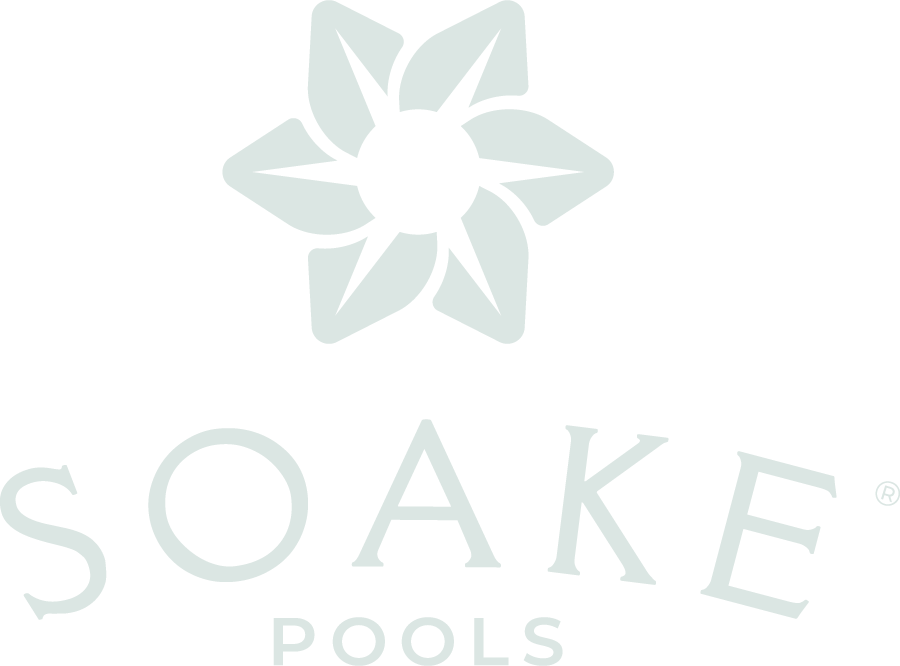THE BEST PLUNGE POOLS INTERIOR SURFACES; POOL TILE OR OTHER FINISHES?
What is the best interior surface for plunge pools? If you are in the market for a plunge pool, this is a question you will want to ask yourself. The answer will depend on a few things.
What do you want your pool interior to look like? How much maintenance are you willing to take on? How much do you want to spend?
Aesthetics are the most important thing. You’ll be investing money and time in your backyard, creating your own beautiful oasis! The plunge pool will be the centerpiece and you will want it to be gorgeous! Take time to explore the different looks and consider which one you like the most!
There are five basic types of interior pool finishes:
Aggregate finishes (including plaster and tiny pebbles, typically in gunite pools), tile, vinyl, polymer and fiberglass. We’ll explore the pros and cons of each here.
Tile offers limitless creative choices. Large format porcelain tile comes in thousands of colors and styles, and mosaic tile also has nearly infinite color and design options. Tile requires almost no maintenance except for general cleaning of the pool interior. It is ready to use upon the pool’s delivery. Tile is typically the most expensive interior pool option.
Aggregate finishes are usually found in custom gunite pools. (Gunite pools offer the most options when it comes to shape and size, because they are formed, built and finished on site. The downside is that the construction takes a long time.) Aggregate interior finishes are not ready for use immediately and they require ongoing maintenance and periodic acid washing to keep them looking good and to make them last. This option is also on the pricier side.
Vinyl or PVC liners are the least expensive option and can be installed on the pool’s interior reasonably quickly. The cons to this finish are that if the vinyl is damaged or torn (think dog paw) it can be difficult to repair. Vinyl colors are limited and vinyl liners typically need replacing every few years.
Polymer finishes come in a variety of solid colors and are said to be durable. They are ready for immediate use and do not need to cure before the pool is filled. Certain chemicals can cause the finishes can fade over time. Chips, bubbles or cracks can be repaired with thermal tools.
Fiberglass has its own look and is moderately priced. The finish is integrated into the pool when it is made and is ready for use upon arrival. Fiberglass colors are limited and are typically solid. Repairs to fiberglass are expensive and can be difficult to blend with the original finish.
We feel that tile is hands down the most beautiful and durable option, which is why we have been installing tile in all our plunge pools at Soake Pools for 10 years. At Soake Pools, every pool is hand-tiled in a controlled environment before shipping to its destination. All 5 interior surfaces are fully tiled with large-format porcelain tile and epoxy grout or with small glass tiles in a custom mosaic design. The elegance of tile combined with the limitless design options make this a sophisticated choice that also stands the test of time. As an added bonus, our plunge pools are ready for immediate use upon arrival since the tile and grout do not need any additional preparation or cure time.
Enjoy your plunge pool search! Ask good questions and do your research when choosing a plunge pool and you will find one that meets your budget, aesthetic preference and fits your commitment to maintenance!

